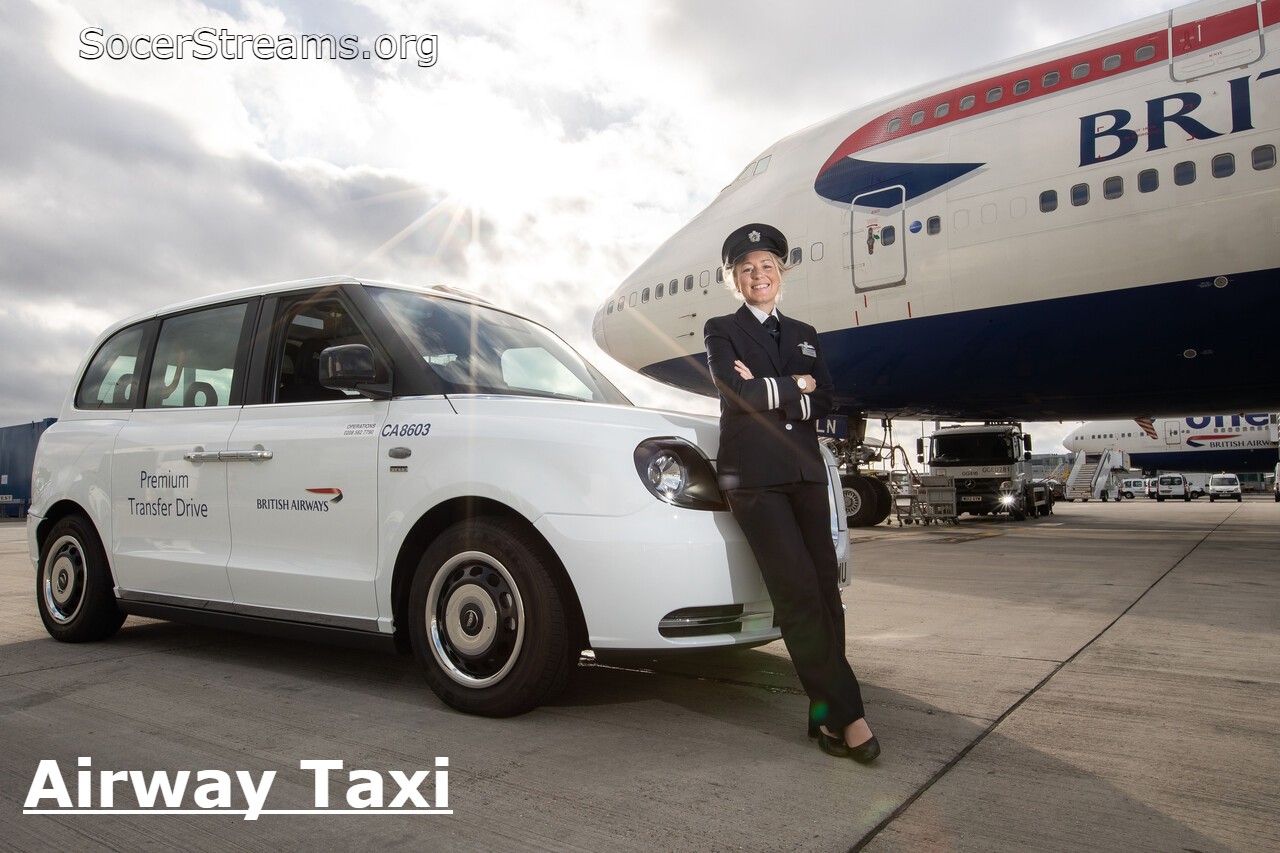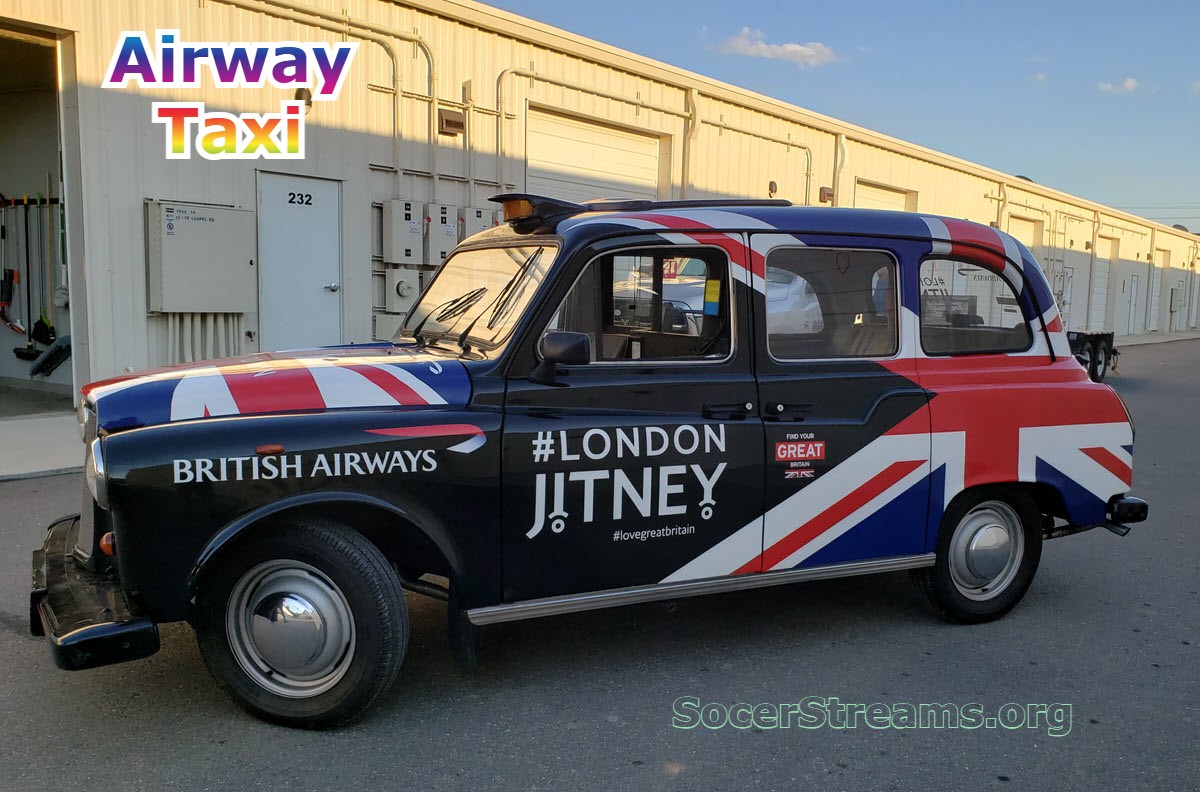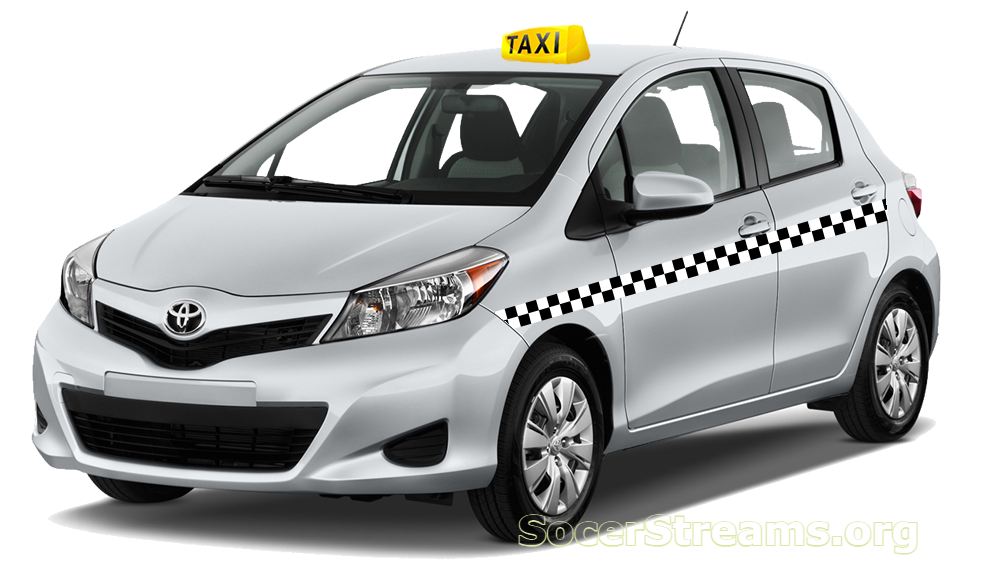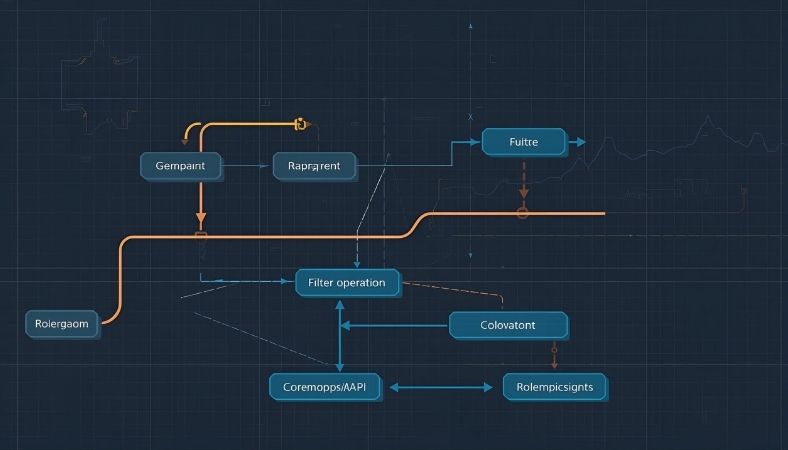
Introduction
Airway taxis are a new mode of urban transport, set to change the face of travel as the world knows it. Imagine flying over traffic, getting to your destination in less time than usual, and avoiding frustrations associated with congestion on roads. Electric vertical takeoff and landing technology brings together the convenience of a taxi and the speed and freedom of flying. This article looks at how Airway taxis are about to revolutionize urban transportation.
What is an airway taxi?

The airway taxi is one of the aircraft types that can take off and land vertically. It is electrically motor-driven. This means that it does not require runways in the classical sense or even smaller helipads because it does not need any extra resources to be deployable for city use. Airway taxis are fast, efficient, and ecologically friendly with a smooth ride above the gridlock of cities.
How do airway taxis work?
These taxis have the latest technology in eVTOL. They must be equipped with at least one or several rotors or fans installed that allow the taxi to take off and land vertically, much like a drone. Once airborne, they fly on predetermined routes since they can avoid traffic on the ground to land in special “vertiports” that are distributed throughout the city, making it more pragmatic for short, urban journeys.
Benefits of Taking Airway Taxis
There are quite several significant advantages airway taxis come with. In the first place, they ensure that the journey time is reduced to a considerable extent, especially in cities experiencing heavy traffic congestion. The second place, they offer an environment-friendly mode of transport because most of the airway taxis are electric and therefore reduce carbon emissions. They are also a far safer and more dependable mode of travel as many of them are equipped with highly advanced navigation and collision-avoidance systems.
Airway Taxi vs. Ground Taxis: Comparison
Unlike traditional taxis, which get caught by the jammed traffic congestion, the airway taxi goes around it by flying over the city. A traditional taxi may be stalled due to jammed traffic lanes, construction work, or accident-prone regions. An aerial route of the Airway taxis is not at all affected by such jams, construction areas, or road accidents. Hence, airway taxis are faster and more efficient.
The role of Airway Taxis in relieving road traffic congestion
Traffic congestion in most urban centers is inevitable, and it leads to long times to travel and to worsen air quality. Airway taxis are an excellent way out of such difficulties since they fly over highways. Then, if cities have more commuters traveling on the road by using airway taxis rather than cars, their roads will clear off ensuring that drivers pass freely and faster through cities.
Safety Features of Airway Taxis
Airway taxis seem to emphasize more on safety. The mode of transport comes with highly advanced and the latest features of safety, which include real-time air traffic management systems, redundant power sources, emergency landing capabilities, among others. The automated flight assumes less human error, and the airway taxis are safer as it may perhaps be rather than the other modes of transport.
Environmental Impact: How Airway Taxis Are Ecological Friendly

Airway taxis are in progress to reduce urban air pollutants. Most of its models are electric powered, so they will have no direct release of emissions compared to the conventional transport. Cities face the pressure of attaining sustainability goals and, hence, may need to embrace the airway taxis as the first step towards reducing urban carbon footprints and enhancing the quality of air.
How Airway Taxis Can Fit into Smart Cities
Airway taxis will perfectly fit in the scheme of smart cities that are sustained through innovative technology to enhance transportation systems, reduce air pollution, and raise the standards of living in the city. The airway taxis would find easy integration within the broader system of urban transportation with autonomous cars, public transports, and online platforms to promote effective door-to-door services.
Infrastructure of Airway Taxi: Vertiports and Landing Pads
Airway taxis will come into existence only when they possess new infrastructure. The new infrastructures include landing and take-off sites, vertiports which are designed exclusively for aerial vehicles. These places will be present in every part of the city, so accessibility is fast. The cities should make investments into these infrastructures so that the airway taxi will become part of daily lives.
How Much Will Airway Taxis Cost?
Although airway taxis are likely to be very expensive compared to the normal taxis in the next few years, this is going to change as time goes on. As the technologies advance and mass production of vehicles increases, economies of scale will bring them cheaper per ride. At some point in the future, Airway taxis may be low-cost, on-demand modes of transport.
When would Airway Taxis be available to the public?
Many companies are already testing and developing airway taxi technology. Several companies have completed successful flight tests, and pilot programs will begin in selected cities soon. Airway taxis may not be a staple in most cities in the next few years, but it is possible that by the 2030s, they could be an everyday feature of urban transportation as the technology continues to improve and the regulatory environment continues to evolve.
How to Book an Airway Taxi Ride

This is how the ride in the airway taxi pretty much would work, much like hailing a traditional taxi or using an application for ride-hailing. Riders will be able to book the ride via the mobile application through which they may select pickup and drop-off points. The application will then find them the closest available airway taxi, give them an estimate of how long it will take to arrive, the cost of the trip, and a live tracking feature.
Airway Taxis in Metropolitan Areas: Which City Will See Them First?
Firstly, airway taxis shall begin their operations in metropolitan cities that are very densely populated and have considerably bad traffic situations. There must also be appropriate infrastructure to facilitate its usage. Examples are New York, Los Angeles, and Dubai since these cities are actually considering the possibility of air mobility. They have the resources and also the demand for transport solutions that can move well above ground.
Challenges to Airway Taxis Development
Despite the above benefits, Airway taxis face some challenges that it has to undergo before its use becomes popular. These are regulation, air traffic management, infrastructural development, and public acceptance. But this is promising and can change urban transport forever.
Conclusion
Airway taxis are the future of transportation in cities. With the possibility of bypassing traffic congestion, traveling time reduced and an environmentally friendly alternative to other ground-based vehicles, we expect airway taxis to change the face of city transportation forever. As we continue to advance as far as technology is concerned and cities seek investment options providing this infrastructure, we will find ourselves flying over highways and streets while traveling by airway taxi for our way to the future of transportation that awaits us today.

















